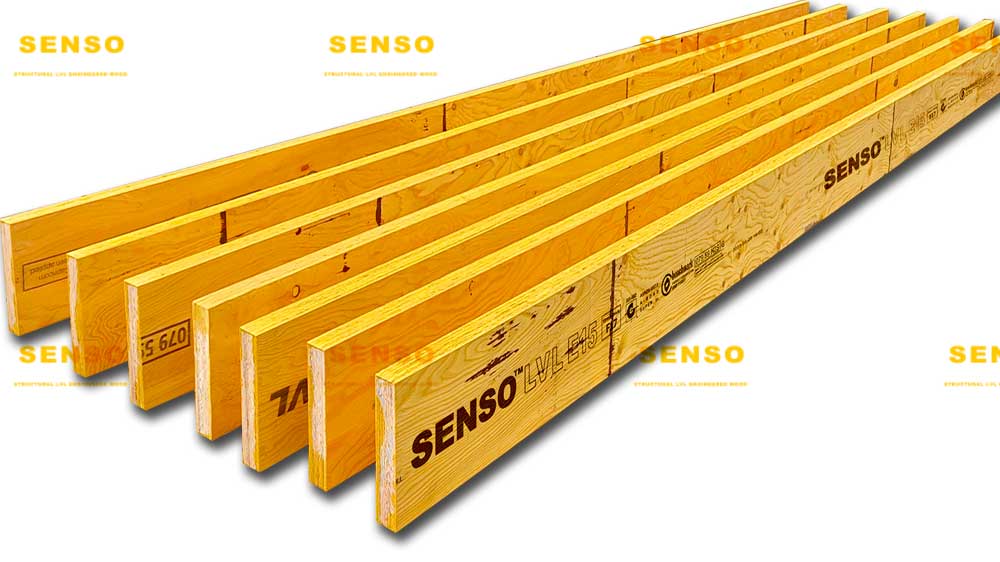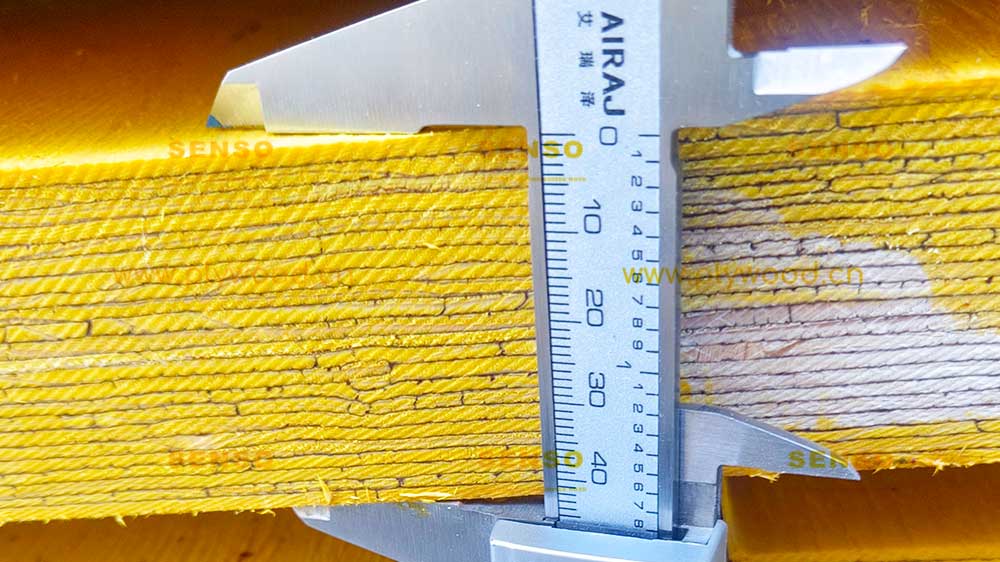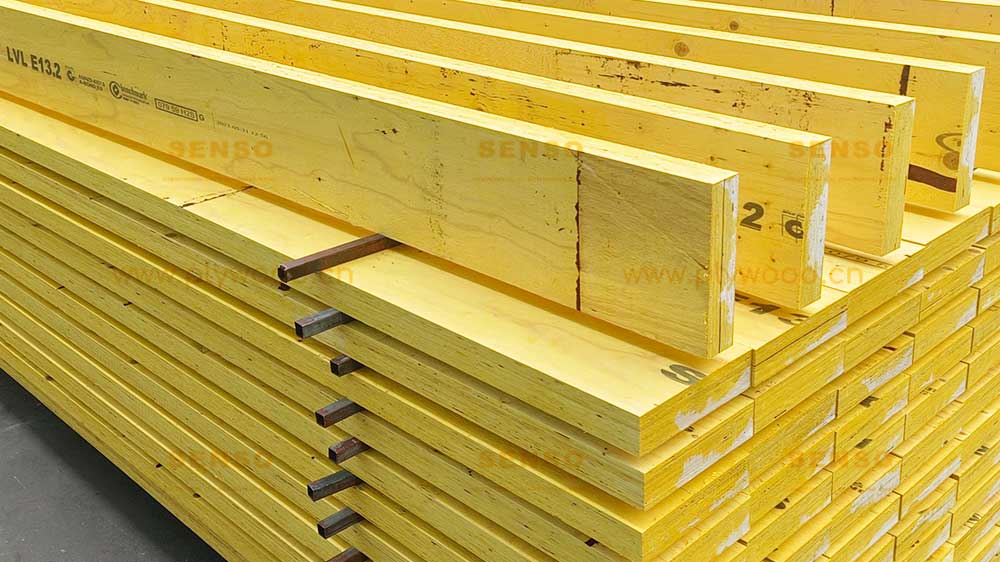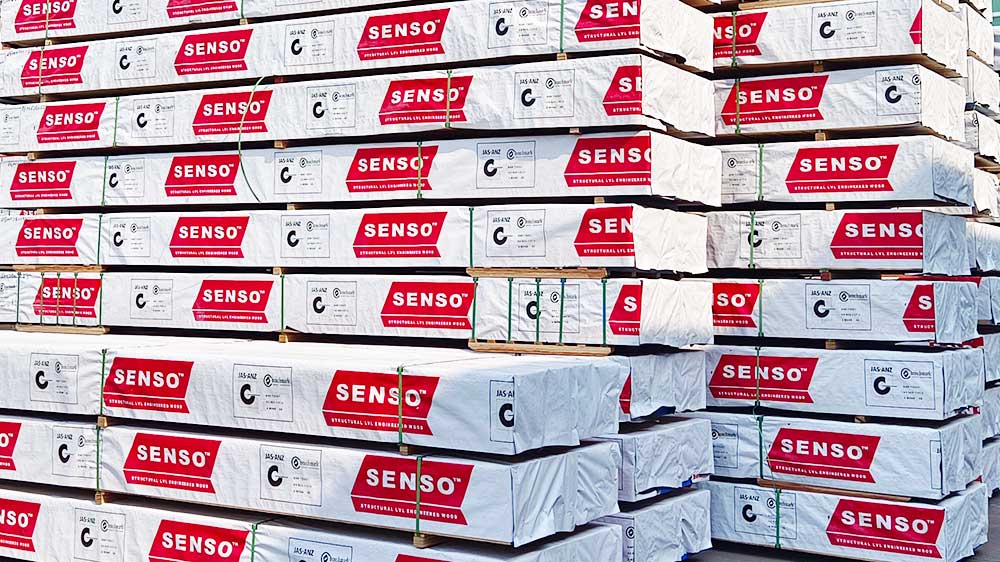What is Wood Beams?
Wood beams, a fundamental element in construction and architectural design, have been revered throughout history for their strength, durability, and natural aesthetic. Today, they are experiencing a resurgence in popularity, not only for their traditional appeal but also for their sustainability and versatility in modern construction.

The Renaissance of Wood Beams in Modern Architecture
Blending Tradition with Innovation
Wood beams represent a perfect blend of traditional craftsmanship and modern innovation. Their timeless appeal, combined with contemporary engineering techniques, makes them suitable for a variety of architectural styles, from rustic to ultra-modern.
Sustainability and Eco-Friendliness
As the construction industry moves towards more sustainable practices, wood beams stand out for their eco-friendliness. Sourced from renewable forests and having a lower carbon footprint than many other building materials, they are a choice that aligns with environmental stewardship.
Versatility in Design and Application
Wood beams are incredibly versatile, suitable for structural support, aesthetic accents, or a combination of both. They can be used in residential homes, commercial buildings, and public structures, adapting to various design requirements and architectural visions.
The Structural Strength and Durability of Wood Beam
Superior Load-Bearing Capacity
One of the key strengths of wood beams lies in their load-bearing capacity. Properly treated and installed, they provide reliable support for structures, bearing substantial weight and withstanding various stresses over time.
Longevity and Resistance to Wear
Wood beams are not just strong; they are also durable. With appropriate treatment and maintenance, they can resist environmental factors like moisture and pests, ensuring a long lifespan and reducing the need for frequent replacements.
Enhancing Aesthetic Value and Comfort
Beyond functionality, wood beams add aesthetic value and comfort to any space. Their natural warmth and texture contribute to creating inviting and visually appealing environments, enhancing the overall ambiance of a building.
Practical Advantages of Using Wood Beam in Construction
Ease of Customization and Installation
Wood beams can be easily customized in size, shape, and finish, catering to specific design needs and preferences. They also offer relative ease of installation compared to some other structural materials, allowing for more flexibility in construction and design.
Cost-Effectiveness and Value
While the initial investment in wood beams might be higher than some alternatives, their longevity and low maintenance needs make them a cost-effective choice in the long run. Additionally, the aesthetic appeal of wood can add significant value to a property.

Environmental Considerations and Sustainability in Wood Beam Production
Promoting Sustainable Forestry
The production of wood beams is increasingly aligned with sustainable forestry practices. By sourcing wood from responsibly managed forests, manufacturers contribute to the conservation of natural habitats and ensure a sustainable supply of this valuable building material.
Reducing Carbon Footprint
Wood beams are favored in eco-friendly construction due to their lower carbon footprint compared to many synthetic materials. The natural processing and treatment methods further minimize environmental impact, making wood beams a green choice in modern construction.
Economic Impact of Wooden Beam in the Construction Industry
Stimulating Economic Growth
The demand for wood beams in construction and architecture stimulates economic growth in the timber industry and related sectors. This demand supports forestry management, milling operations, and distribution networks, creating jobs and contributing to the economy.
Cost Benefits in Long-Term Construction Projects
Wood beams, known for their durability and longevity, offer cost benefits in long-term construction projects. Their enduring quality means fewer replacements and repairs, leading to cost savings over the lifespan of a building.
Innovative Applications of Wood Beams in Architecture
Versatility in Structural and Aesthetic Designs
Wood beams are remarkably versatile in both structural and aesthetic applications. They are used in a variety of architectural styles, from traditional timber frame houses to contemporary commercial buildings, showcasing their adaptability to different design philosophies.
Enhancing Interior and Exterior Spaces
The aesthetic appeal of wood beams can significantly enhance both interior and exterior spaces. Their natural beauty adds warmth and character to a building, making them a popular choice for architects and designers looking to create visually appealing and comfortable environments.
Enhancing Customer Experience and Service in Wood Beam Manufacturing
Prioritizing Quality and Customer Satisfaction
Manufacturers of wood beams prioritize quality and customer satisfaction. By providing high-quality, durable, and aesthetically pleasing beams, they ensure customer satisfaction and build long-term relationships with clients in the construction industry.
Offering Custom Solutions and Support
Recognizing the unique needs of each project, manufacturers offer custom solutions in wood beam production. They provide support from design to installation, ensuring that each client’s specific requirements are met with precision and expertise.
Future Trends and Technological Advancements in Wood Beam Production
Embracing Technological Innovations
The wood beam industry is embracing technological innovations to enhance the quality, durability, and sustainability of their products. Advances in treatment processes, cutting techniques, and sustainability measures are continually being integrated into wood beam production.
Anticipating Changes in Construction and Design
Manufacturers of wood beams stay ahead of changes in construction and design trends. By anticipating these changes, they ensure that their products remain relevant and in-demand, adapting to the evolving needs of the construction industry and modern architecture.

Promoting Environmental and Ethical Standards in Wood Beam Manufacturing
Advocating for Responsible Practices
Manufacturers of beam wood are not only focused on production efficiency but also on promoting responsible and ethical practices. This involves ensuring that every step of the manufacturing process, from sourcing to production, adheres to stringent environmental and ethical standards.
Sustainable Life Cycle of timber wood
The life cycle of wood beams is inherently sustainable, especially when considering their ability to be recycled or repurposed at the end of their lifespan. This characteristic further enhances their appeal in green building and sustainable architecture projects.
Economic Viability and Market Growth
Supporting a Diverse Supply Chain
The production and distribution of wooden beam support a diverse supply chain, involving loggers, millers, distributors, and retailers. This supply chain contributes significantly to local and national economies, supporting communities and fostering economic growth.
Meeting Market Demands with Quality Products
The consistent quality of timber wood meets the growing market demand for reliable and sustainable building materials. By maintaining high standards, manufacturers ensure their products remain competitive and preferred by builders, architects, and homeowners.
Innovations in Wood Beam Applications
Expanding Beyond Traditional Uses
While timber frame have traditionally been used in structural applications, their use has expanded into decorative and architectural elements. This versatility opens up new opportunities for creative designs in both residential and commercial construction.
Tailoring Wooden Beam to Modern Aesthetic Trends
Manufacturers of beam wood are increasingly tailoring their products to align with modern aesthetic trends. This includes offering a variety of finishes and treatments that enhance the natural beauty of wood, making it suitable for contemporary design themes.
Focusing on Customer-Centric Services and Relationships
Building Long-Term Client Partnerships
The emphasis on building long-term client partnerships is paramount in the wood beam industry. Manufacturers engage with clients to understand their needs better, providing customized services that foster strong, ongoing relationships.
Enhancing User Experience with Support Services
Manufacturers offer comprehensive support services, from technical advice to installation guidance. These services enhance the overall user experience, ensuring that clients receive the assistance they need to utilize wood beams effectively in their projects.
Looking Ahead: The Future of Wood Beam Technology and Sustainability
Commitment to Continuous Improvement
The industry’s commitment to continuous improvement is evident in the ongoing research and development in wood beam technology. Manufacturers are constantly seeking ways to improve the performance and sustainability of their products.
Pioneering Sustainable and Innovative Solutions
The future of wood beam manufacturing lies in pioneering sustainable and innovative solutions. This includes exploring new methods of production that reduce environmental impact, as well as developing advanced wood treatments that enhance durability and functionality.

Wood Beams – A Symbiosis of Tradition, Innovation, and Sustainability
In conclusion, wood beams represent a symbiosis of tradition, innovation, and sustainability. As the industry continues to evolve, embracing new technologies and sustainable practices, timber frame remain a fundamental component in construction, revered for their natural beauty, strength, and versatility. This enduring appeal, coupled with a commitment to environmental responsibility, positions timber wood as a key material in the future of sustainable architecture and construction.
Post time: Dec-18-2023

